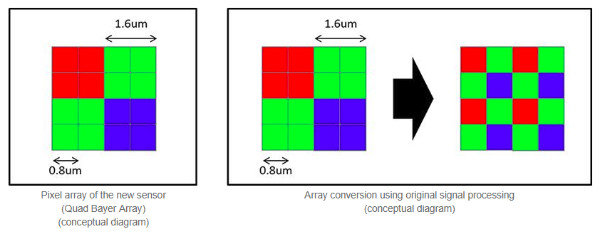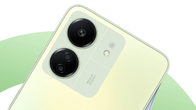
“The Redmi Note 7S brings a 48MP camera for the masses, but uses a different sensor than the one on the pricier Redmi Note 7 Pro”
Xiaomi’s affordable Redmi brand – which is now a separate entity – launched the Redmi Note 7S in India today. After the success of the Redmi Note 7 Pro (review), Xiaomi’s Global VP Manu Kumar Jain has been teasing the launch of a 48MP camera-toting smartphone for everyone. The brand did so by launching the Redmi Note 7 China’s variant. Despite featuring a 48MP sensor, the Redmi Note 7S is priced much lower than the Redmi Note 7 Pro. So, what’s the catch, you ask? Well, read on to find out.
Table of Contents
Redmi Note 7S vs Redmi Note 7 Pro: different sensors

The Redmi Note 7 Pro comes equipped with a 48-megapixel primary sensor backed by 5-megapixel depth-sensing unit. The primary sensor on the smartphone is Sony’s IMX586 unit, which is the same sensor as flagships such as the Honor View 20 (review). On the other hand, while Redmi Note 7S features the same configuration on the back, the primary 48-megapixel shooter utilises Samsung’s ISOCELL GM1 sensor. While both these sensors claim to produce 48-megapixel images, their method of doing so vary from each other completely, which brings us to…
Samsung ISOCELL GM1 vs Sony IMX586

Let’s start with Redmi Note 7S’ sensor viz. Samsung ISOCELL GM1. The sensor used by the latest Redmi phone is essentially a 12-megapixel shooter, which is evident from its image resolution (4,000 x 3,000 pixels). Moreover, the sensor makes use of the classic Bayer array, which is a 2 x 2 grid. In layman’s term, the pictures captured by the GM1 are still 12-megapixel images, which are then enhanced using the software. The Redmi Note 7S achieves the 48-megapixel resolution by interpolating the images through software and AI-backed scene-recognition feature. This is why, if you were to pixel peep at the images captured by any other 12-megapixel camera-toting smartphone and the Note 7S, there won’t be a substantial difference.

In contrast, the Redmi Note 7 Pro’s Sony IMX586 unit is a true-blue 48-megapixel sensor, which can capture pictures with a sharper resolution. So how does the Sony sensor manage to achieve this resolution? Unlike the classic Bayer array of the GM1 sensor, the IMX586 uses the quad-Bayer array, which is a 4 x 4 grid. This allows the sensor to produce actual 48-megapixel images, without any software algorithm in the play. This is further confirmed by the resolution of the images, which is 6,000 x 4,000 pixels.
There you have it. I am sure by now you can tell yourself what’s the ‘catch’. While Redmi has managed to keep the price down for Redmi Note 7S, it has been able to achieve that by using the Samsung ISOCELL GM1, which is possibly priced lower than the IMX 586 sensor which is present on the Note 7 Pro. Having said that, we’re sure that the Note 7S would deliver impressive output from its cameras, which we’ll be testing out as part of our review, so stay tuned for that.












